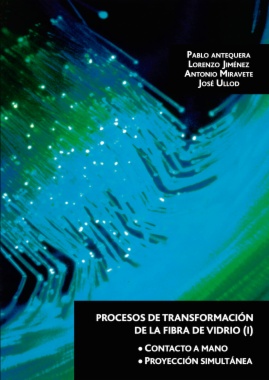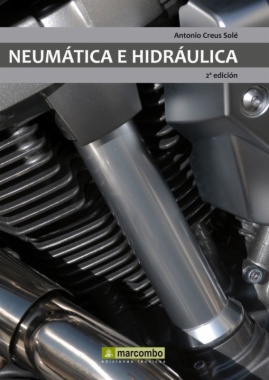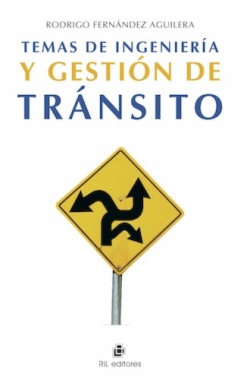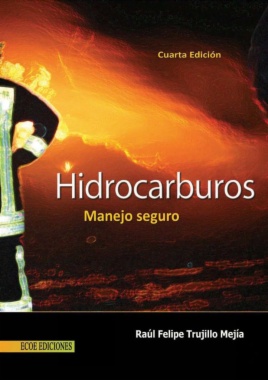
Estás filtrando por
Se encontraron 409 resultados en recursos

Compartir este contenido
El campo de la educación en ingeniería industrial en Colombia 1950-2000
Copia el enlace o compártelo en redes sociales

Procesos de transformación de la fibra de vidrio (1)
Compartir este contenido
Procesos de transformación de la fibra de vidrio (1)
Copia el enlace o compártelo en redes sociales

Cuaderno de Casos - Ingeniería Ambiental
Compartir este contenido
Cuaderno de Casos - Ingeniería Ambiental
Copia el enlace o compártelo en redes sociales
Informe relativo a las minas de la Compañía de la Plata
Compartir este contenido
Informe relativo a las minas de la Compañía de la Plata
Copia el enlace o compártelo en redes sociales

Evaluación del impacto de uso de reglas de prioridad para la secuenciación de recursos y actividades en la duración global de múltiples proyectos de convenio de obra. caso de distribuidor de energía en la ciudad de Bogotá
Compartir este contenido
Evaluación del impacto de uso de reglas de prioridad para la secuenciación de recursos y actividades en la duración global de múltiples proyectos de convenio de obra. caso de distribuidor de energía en la ciudad de Bogotá
Copia el enlace o compártelo en redes sociales

Neumatica e Hidráulica
Compartir este contenido
Neumatica e Hidráulica
Copia el enlace o compártelo en redes sociales

Temas de ingeniería y gestión de tránsito
Compartir este contenido
Temas de ingeniería y gestión de tránsito
Copia el enlace o compártelo en redes sociales
Canalización interoceánica por el Chocó
Compartir este contenido
Canalización interoceánica por el Chocó
Copia el enlace o compártelo en redes sociales
Estudio sobre las minas de plata al norte del Estado del Tolima
Compartir este contenido
Estudio sobre las minas de plata al norte del Estado del Tolima
Copia el enlace o compártelo en redes sociales

Hidrocarburos : manejo seguro
Compartir este contenido
Hidrocarburos : manejo seguro
Copia el enlace o compártelo en redes sociales
Selecciona las Colecciones en las que vas a añadir el contenido
Para consultar los contenidos añadidos busca la opción Tus colecciones en el menú principal o en Mi perfil.
